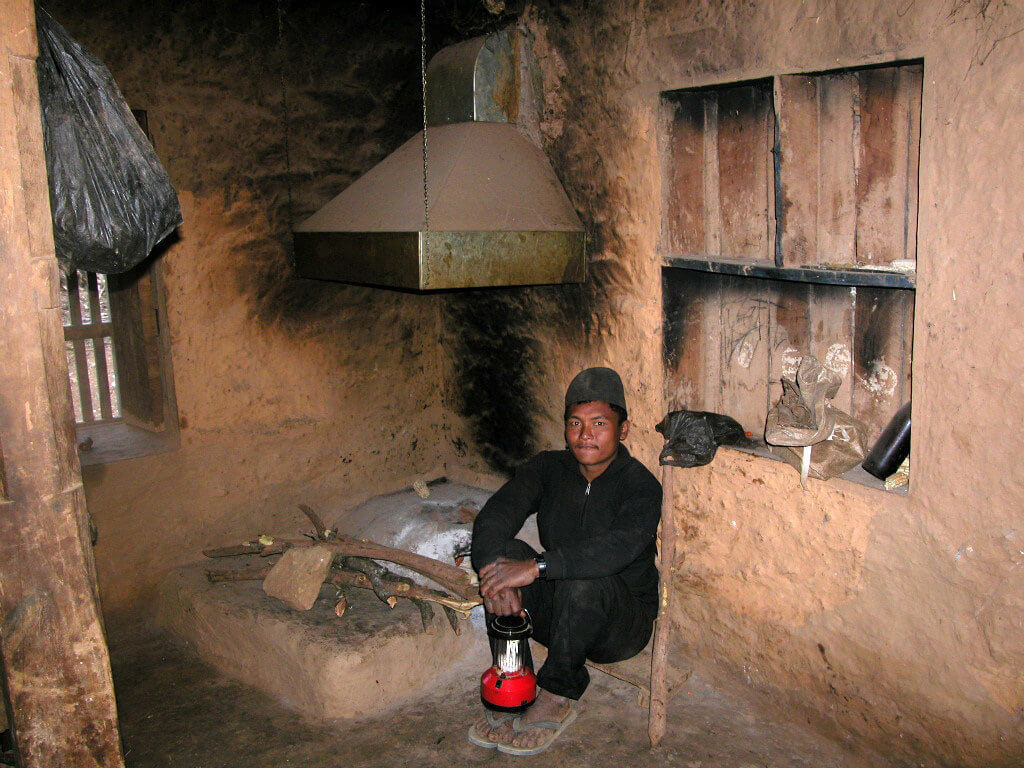Vancouver, WA — With help from the Vancouver Rotary Foundation and a Swiss-funded school, Navraj Lamichhane, or “Raj,” of Nepal, is living his dream, and plans use his education to improve the quality of life in his native country.
After completing two years of college in Nepal, Raj arrived in Vancouver nearly three years ago to continue his studies at Washington State University (WSU) Vancouver where he recently earned a Business Administration Degree with a certificate in professional sales.
“I was the scholarship recipient from the Vancouver Rotary Foundation, and was paid through grants and other scholarships, and directly from WSU,” said Raj. “I got a sponsor from Switzerland, and she helped me through the first semester. Her name is Birgit Krneta, with Bright Horizons Children’s school in Nepal, which is a Swiss-funded school, and everyone has a sponsor. I had her as my sponsor and she paid for my education and she paid for my first semester at WSU Vancouver. After that, I was able to get the remaining funds.”
Raj also received support from Beverly Questad, who assisted with room and board. The two originally met in Nepal during a teaching abroad program. Questad, a Skyview High School teacher, traveled to Nepal to teach and train.
“I was planning to come to America at that time, and we started talking and she really liked my drive,” said Raj. “She offered free room and board, which is close to the WSU Vancouver campus. When I came here I got full scholarships, and that’s how I was able to get it all done.”
His interest is in renewable energy and improving the quality of life in developing countries — and is putting his focus on new, improved cooking stoves that are more efficient, and healthier. Back in Nepal they cook everything inside with antiquated cooking stoves that create toxins and smoke in the home.
“I learned about energy through Winrock International, which is based in Arkansas, and they promote renewable energies worldwide,” said Raj. “They teach, and do proposals, train people, work with local banks, and help local businesses secure financing. I worked with them as a paid research intern for two years, and I learned about solar home systems. During my internship with Winrock is when my interest in America emerged. It really fascinated me. America is a great country as they have diverse thinking. I wanted to study here and I was really in need of those kind of connections.”
Upon arrival in the United States, Raj heard about the Rotary scholarship, and applied. After several interviews, he received the $4,000 scholarship.
“I love that Rotary is doing international things,” he said.
Raj is making plans to earn his MBA, and is currently looking at several schools. He wants to start classes in 2019.
After that, he wants to become an energy expert, and plans to eventually return to Nepal, but still travel the world bringing energy solutions to the developing parts of the world. In Nepal, they often face 18 hours of energy blackouts each day, which is a huge struggle.
“I want to work in project management and bring good products to help people in these places,” Raj said. “I want to first gain work experience in the United States and stay here for 5-10 years and then set up my own company in Nepal. I want to help in different ways. I love my country but I want to get established here. I want to get all this experience and go back and help.”
The 26 year-old has two older sisters and one younger brother, who only attended school through the 7th grade. He was raised in Kathmandu, but was born 2.5 hours away — in rural Nepal. There aren’t a lot of jobs there for people who don’t have an education, and the nation has a massive unemployment problem.
“Renewable energy is a way to a healthy life,” Raj said. “It’s a way to progress and sustainability. It’s a way to empower people. I think there are ways we can think critically — in different ways. Like using solar cars, and it’s just healthier.”
He said that solar home heating systems and modern cooking stoves are key to their progress.
He plans to bring newer stoves to market, because their current models are making women and children sick, given that most women stay at home in Nepal.
“With new cooking stoves, we can eliminate these health problems and provide for a better life,” he said. “In the cities, they use more gas stoves with ventilation. The traditional stoves are used more in the rural areas.”
He’d like to see Metallic Improved Cooking (MIC) stoves spread through his native country — and to other parts of the developing world.
Photo Gallery
- A primitive cooking stove in Nepal.
- Open fire in the home.
- Open flame means smoke throughout the home.
- A typical dinner in Nepal.
- A typical dinner in Nepal.
- A Nepal cooking stove.












































